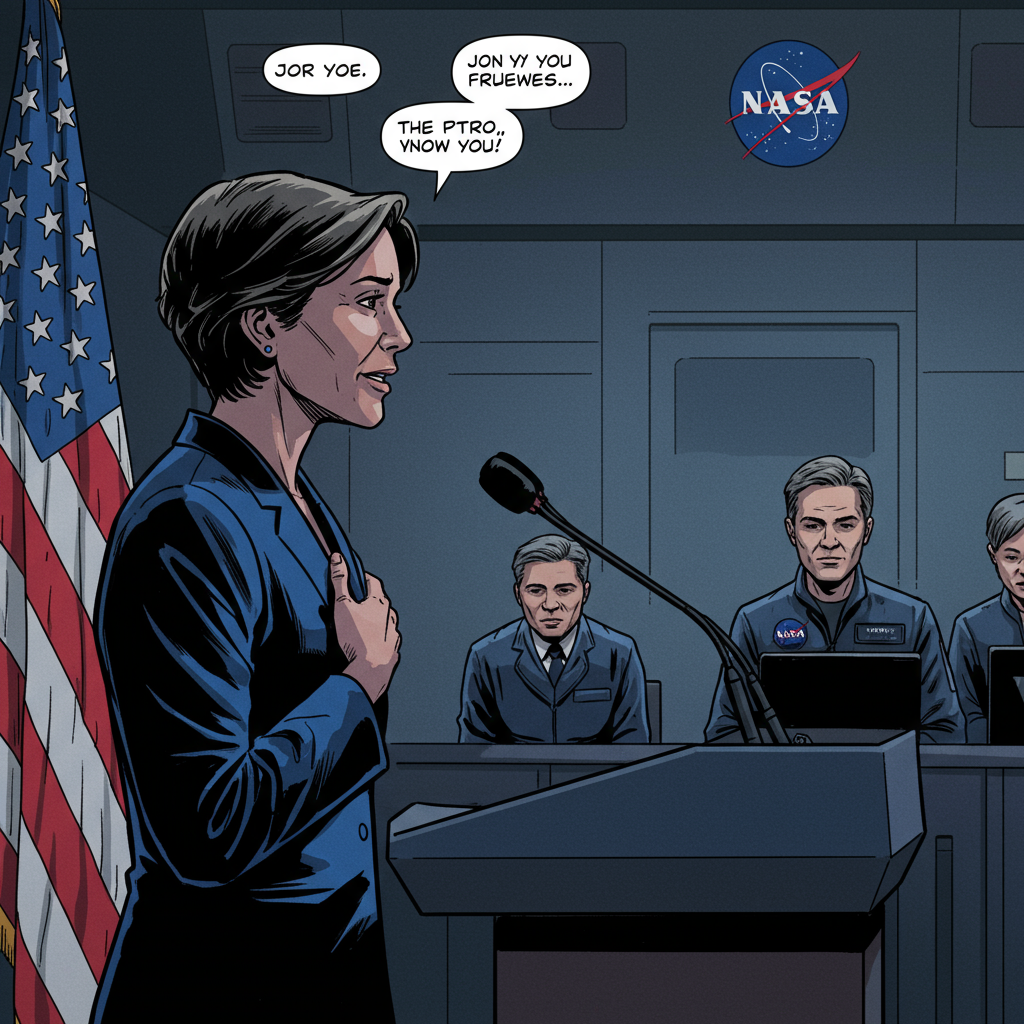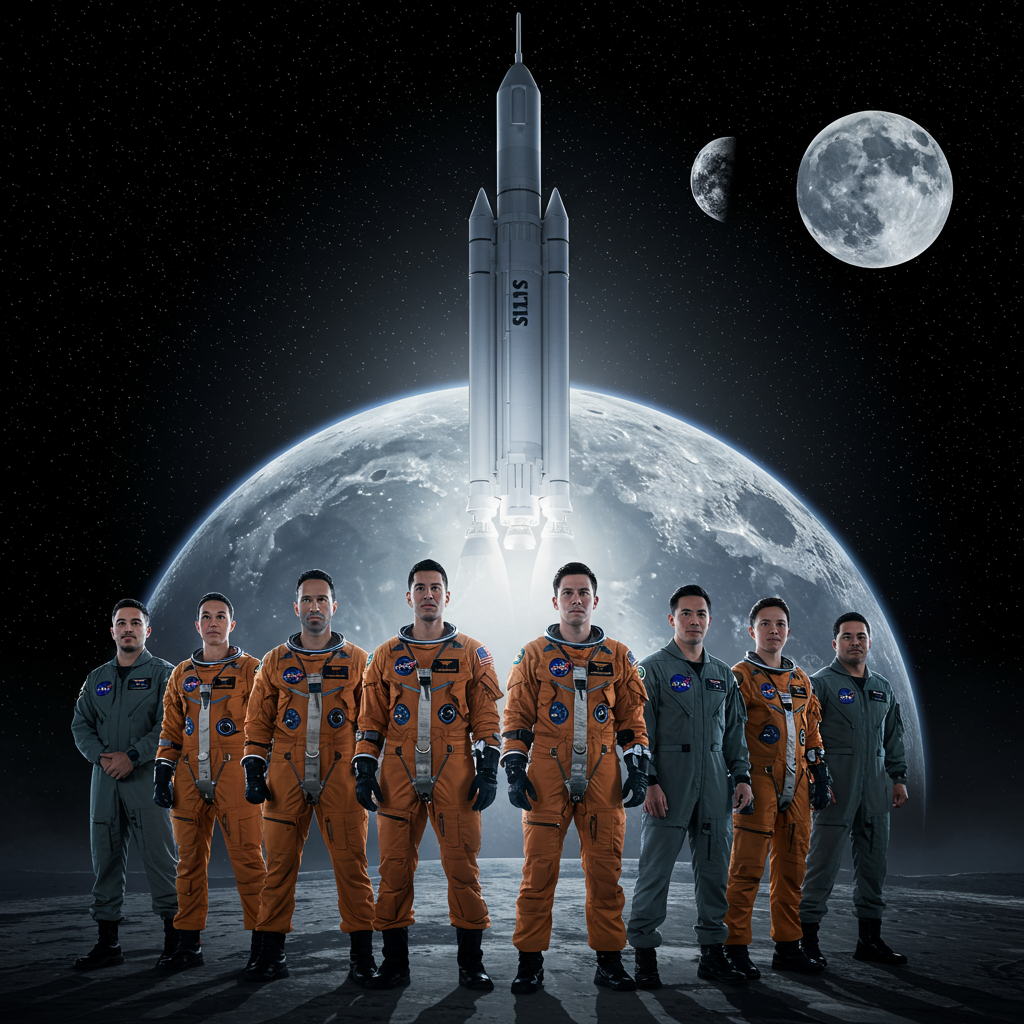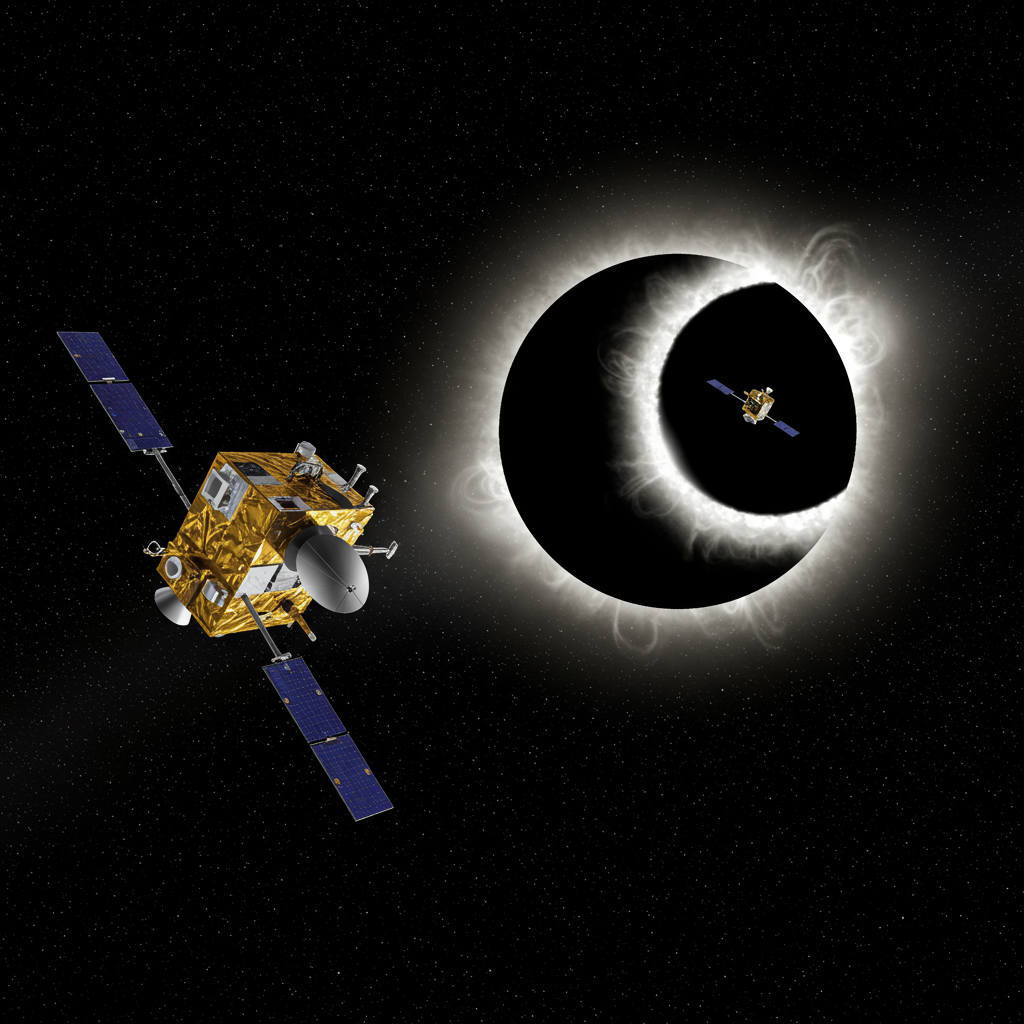As the United States approached Independence Day, NASA Administrator Janet petro shared a heartfelt message with the agency’s workforce, blending holiday reflection with important updates on NASA’s ongoing missions and initiatives. Titled “‘Embrace The Challenge’ Holiday Feel Good Edition,” Petro’s communication underscored themes of freedom, exploration, public service, and resilience during what she described as a period of transition for the agency. Her words served as a reminder of the foundational principles guiding NASA’s endeavors and a moment to appreciate the dedication of its employees.
Reflecting on the significance of Independence Day, Petro connected the nation’s freedoms directly to the spirit of exploration that defines NASA. She highlighted how these freedoms enable pushing boundaries, reaching beyond known limits, and working for the benefit of all humanity. This connection emphasizes the deep link between national values and the scientific and technical pursuits of the space agency. Petro also paid tribute to the service and sacrifice of those who have secured these freedoms, recognizing the inherent responsibility of public service, especially in times of uncertainty.
A Message from Orbit: Astronauts Share Reflections
A key highlight of the holiday message was a special Fourth of July reflection shared by astronauts aboard the International Space Station (ISS). Petro encouraged the NASA community to watch this message, describing it as a powerful reminder of what it means to serve the country from a unique vantage point 250 miles above Earth. This inclusion underscores the human element of NASA’s work and the dedication required to operate in the challenging environment of space. It serves as a direct link between the holiday’s patriotic themes and the operational reality of living and working in orbit.
In recognition of the holiday and the hard work of the agency’s civil servants, Administrator Petro requested leadership teams allow employees up to four hours of early dismissal on Thursday, July 3rd. This flexibility was granted with the understanding that it should not interfere with organizational priorities. The gesture provided a tangible opportunity for staff to rest, spend time with loved ones, and personally reflect on the meaning of Independence Day, acknowledging their contributions to the national mission.
NASA’s Latest Strides: Mission Highlights Unpacked
The Administrator’s message also included updates on several significant activities and milestones from across the agency, demonstrating the breadth and depth of NASA’s current work. These highlights covered crew assignments, groundbreaking research, strategic partnerships, and critical support for Earth-based needs. Each point illustrated progress towards NASA’s goals in human spaceflight, aeronautics, scientific discovery, and public engagement.
New Horizons for Astronaut Anil Menon
Among the important personnel updates was the assignment of NASA astronaut Anil Menon to his first spaceflight. Menon is slated to serve as a flight engineer on the International Space Station as part of Expedition 75. His journey to orbit is scheduled aboard the Soyuz MS-29 spacecraft in June 2026. Menon will join Roscosmos cosmonauts Pyotr Dubrov and Anna Kikina for an approximately eight-month mission. During his time on the station, he will conduct vital scientific research aimed at supporting future deep space missions, such as those planned for the Artemis program, and yielding benefits for life on Earth. This assignment marks a crucial step in Menon’s career and contributes to the ongoing international collaboration aboard the orbiting laboratory.
Advancing Safer Air Mobility Technology
In the realm of aeronautics, NASA researchers at the Langley Research Center conducted a critical test to support the development of safer air taxis for the future. The team performed a full-scale drop test of an aircraft body from Langley’s historic Landing and Impact Research Facility gantry. This dramatic experiment is designed to analyze precisely how the aircraft’s materials absorb crash energy. The data collected from this test will feed into advanced computational tools. These tools are essential for helping manufacturers design more robust and safer Advanced Air Mobility (AAM) aircraft, which are envisioned for urban transportation networks. This research is foundational to building public confidence and ensuring the safety of future air taxi operations.
Expanding Reach: NASA+ Comes to Netflix
In a significant move to broaden its audience and share the excitement of space exploration with more people globally, NASA announced a new partnership with Netflix. Starting this summer, NASA+ programming will become available on the popular streaming platform. This collaboration provides audiences with an additional, easily accessible way to stream captivating NASA content, including live coverage of launches, spacewalks, mission updates, and real-time views from the International Space Station. With Netflix boasting a global reach of over 700 million people, this partnership offers an unparalleled opportunity to share NASA’s inspiring story of discovery and innovation with an even wider audience, complementing the free streaming that remains available on the agency’s own app and website.
Earth Science Aids Disaster Response in New Mexico
Demonstrating the tangible benefits of space-based assets for life on Earth, NASA’s Earth Science Disasters response team provided crucial satellite imagery and data to aid in fire and landslide response efforts in New Mexico. This support was requested by partners on the ground to assist with evacuation planning and recovery operations. Specifically, the team supplied high-resolution True Color and Color Infrared Imagery derived from Planet and Sentinel-2 satellites for the Trout Fire in Grant County and for areas affected by landslides in Seven Springs, New Mexico. Additionally, NASA provided landslide risk modeling using its Global Landslide Hazard Assessment Model (LHASA). This timely provision of data highlights how NASA’s Earth observation capabilities are essential tools in assisting federal and state emergency management agencies like FEMA and the New Mexico Emergency Operations Center during critical events.
Fostering Innovation: Human Lander Challenge
NASA is actively investing in future technologies and nurturing the next generation of engineers. At the Marshall Space Flight Center, the agency awarded three university engineering teams in the second annual Human Lander Challenge. This challenge tasked teams with developing innovative solutions for the long-duration storage of cryogenic, or super-chilled, liquids. Maintaining propellants like liquid hydrogen and liquid oxygen at extremely low temperatures for extended periods is a critical technical hurdle for long-duration human exploration missions to deep space destinations like the Moon and Mars. The solutions developed by these university teams directly contribute to advancing the technologies required for sustainable lunar presence and future interplanetary travel.
Celebrating a Legacy: Marshall Space Flight Center at 65
The Marshall Space Flight Center in Huntsville, Alabama, also marked a significant milestone during this period, celebrating its 65th anniversary. For over six decades, Marshall has played a pivotal role in America’s space program. From developing the powerful Saturn V rocket engines that sent humans to the Moon to contributing crucial components for the Space Shuttle and International Space Station, Marshall has consistently solved some of NASA’s most complex technical and flight challenges. Its contributions extend beyond rocketry and spacecraft, encompassing scientific research that benefits life and protects resources on Earth. Marshall continues to be a vital center of engineering excellence and innovation, shaping the agency’s future endeavors.
Janet Petro concluded her message by wishing everyone a safe and meaningful Fourth of July holiday, reiterating the call to “Embrace the Challenge.” Her message effectively balanced acknowledging the complexities of organizational transition with celebrating national values, highlighting recent achievements, and recognizing the people who make NASA’s missions possible.
Frequently Asked Questions
What was the main theme of Janet Petro’s July 4th message to NASA employees?
NASA Administrator Janet Petro’s holiday message centered on themes of freedom, exploration, and the responsibility of public service as the nation approached Independence Day. She thanked the workforce for their professionalism during a period of transition and connected national freedoms to NASA’s mission of exploring the unknown for the benefit of all. The message also highlighted recent agency achievements and recognized employee dedication.
Where can audiences find NASA+ content, including the new partnership with Netflix?
NASA+ content is available for free streaming on the official NASA app and the agency’s website. Additionally, through a new partnership announced in the message, NASA+ programming will become available on the Netflix streaming platform starting in the summer, offering another way for a global audience to access launches, spacewalks, mission coverage, and ISS views.
How does NASA’s Earth Science team assist during natural disasters like fires and landslides?
NASA’s Earth Science Disasters response team provides critical satellite imagery and data to support disaster response efforts. As highlighted in the message regarding New Mexico, the team supplied data such as True Color and Color Infrared Imagery from various satellites and utilized models like the Global Landslide Hazard Assessment Model (LHASA). This information aids agencies like FEMA and local emergency centers in planning evacuations and recovery efforts during events like fires and landslides.
—




